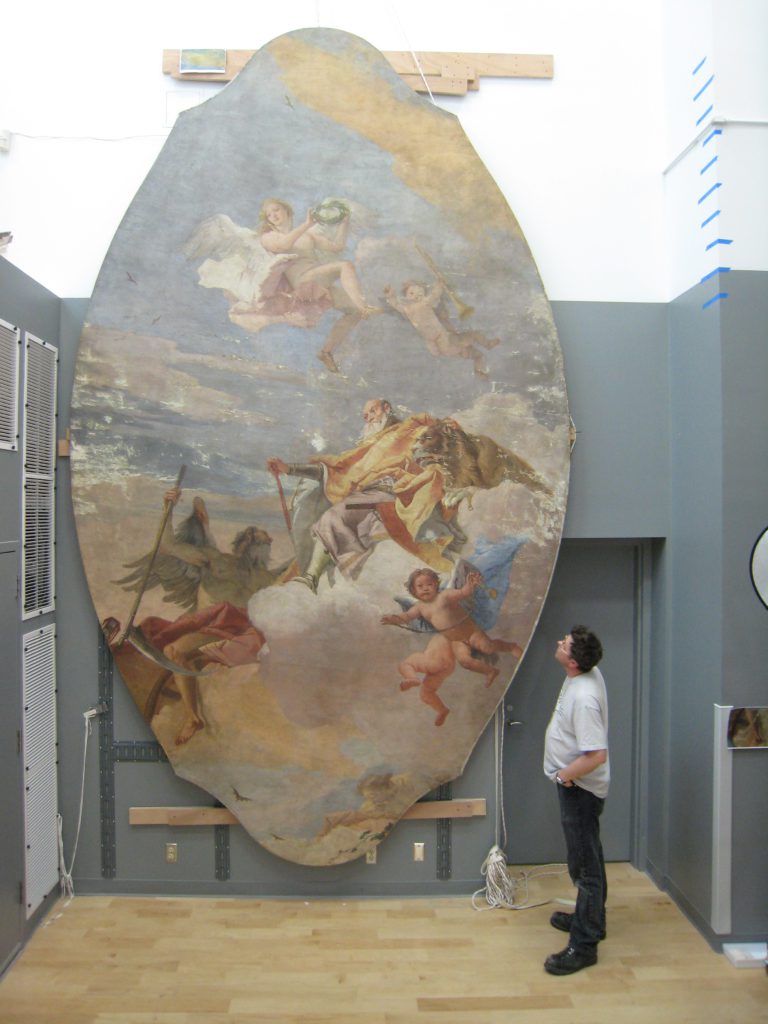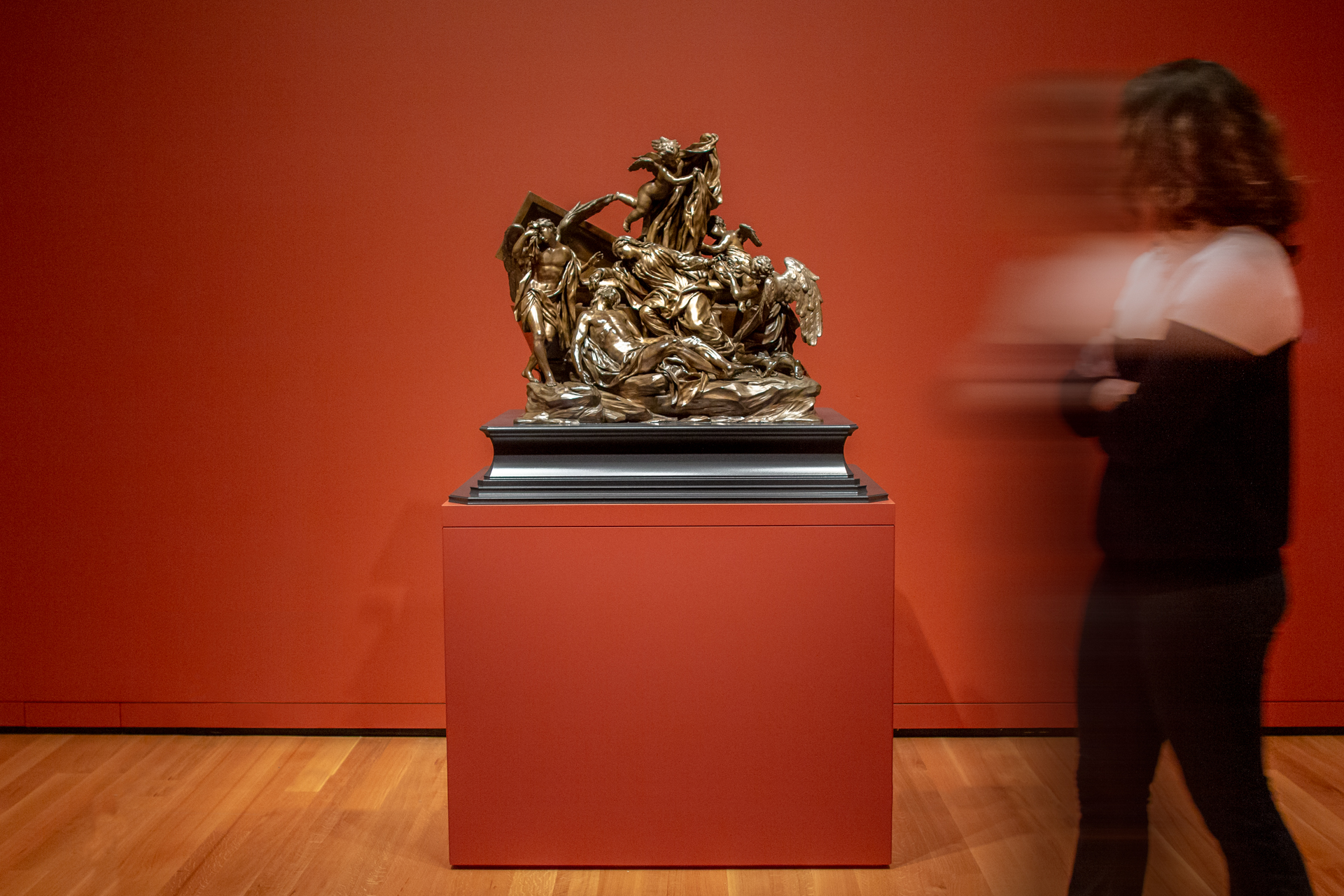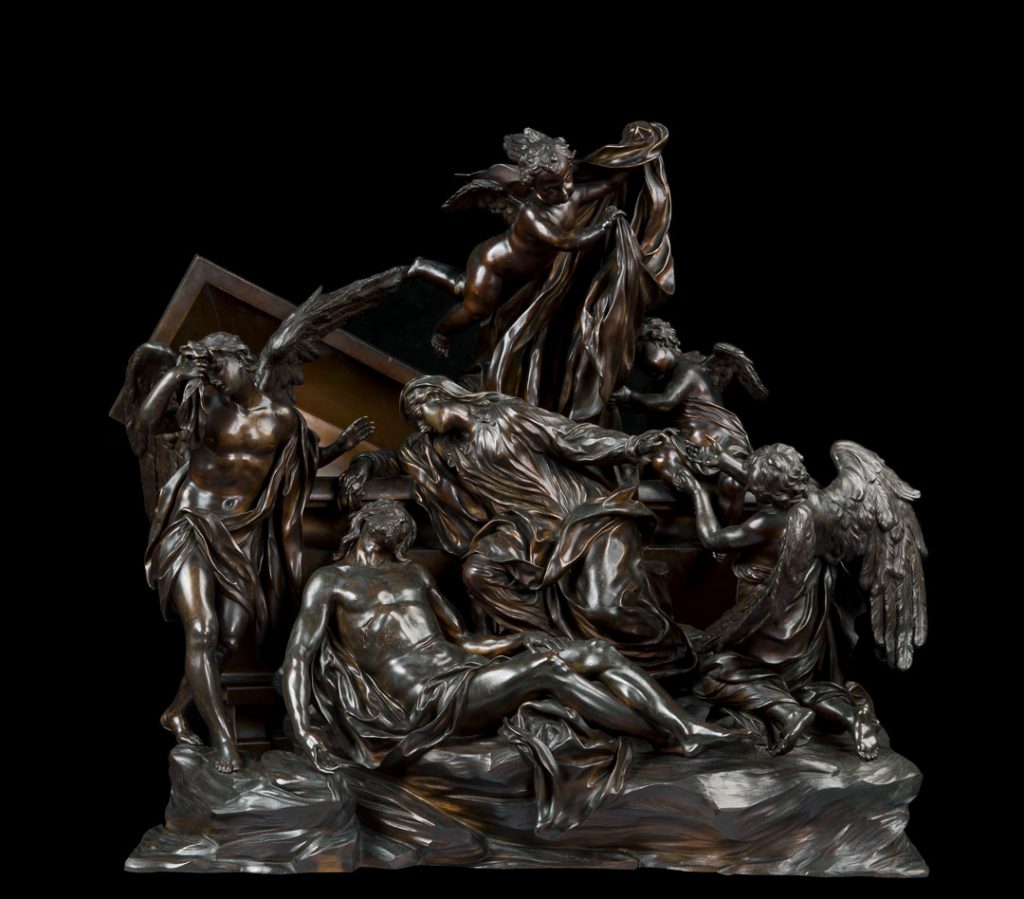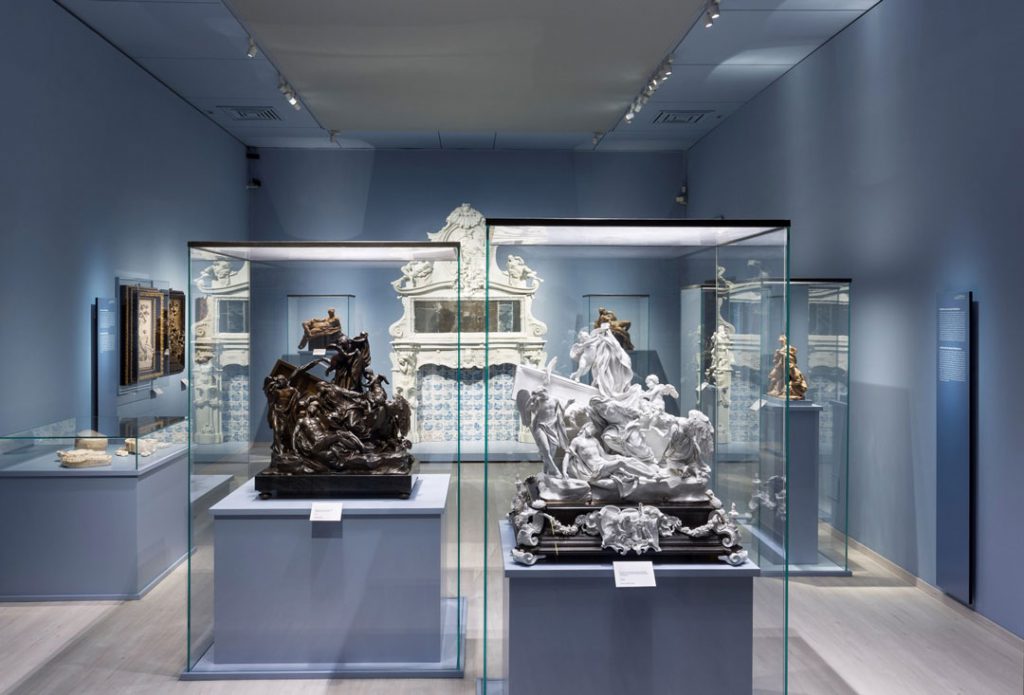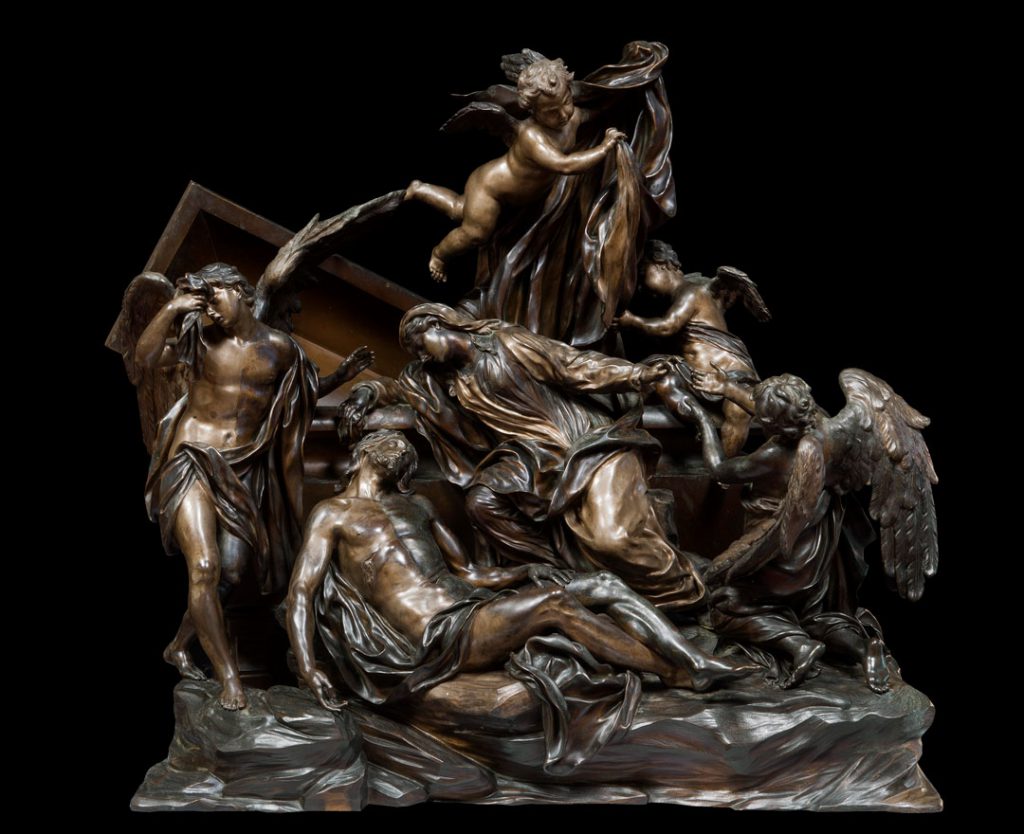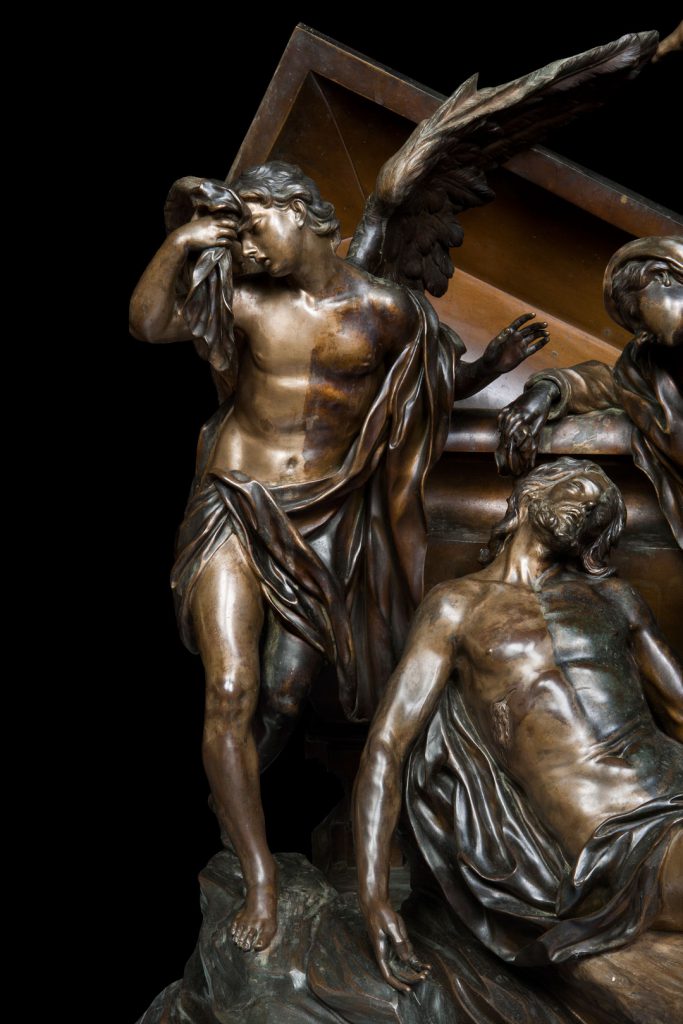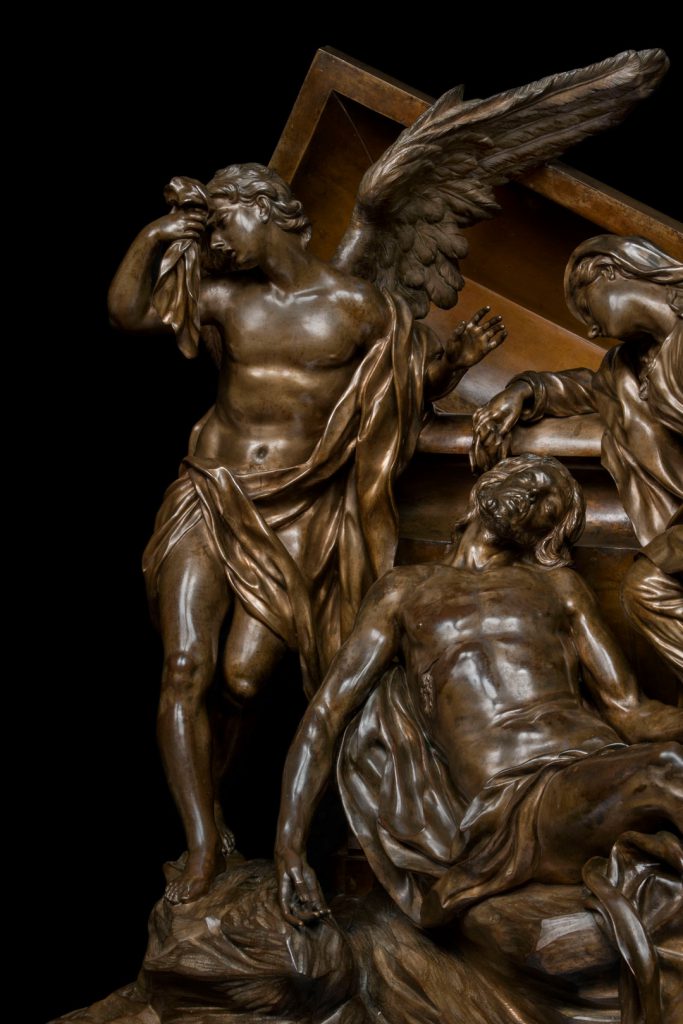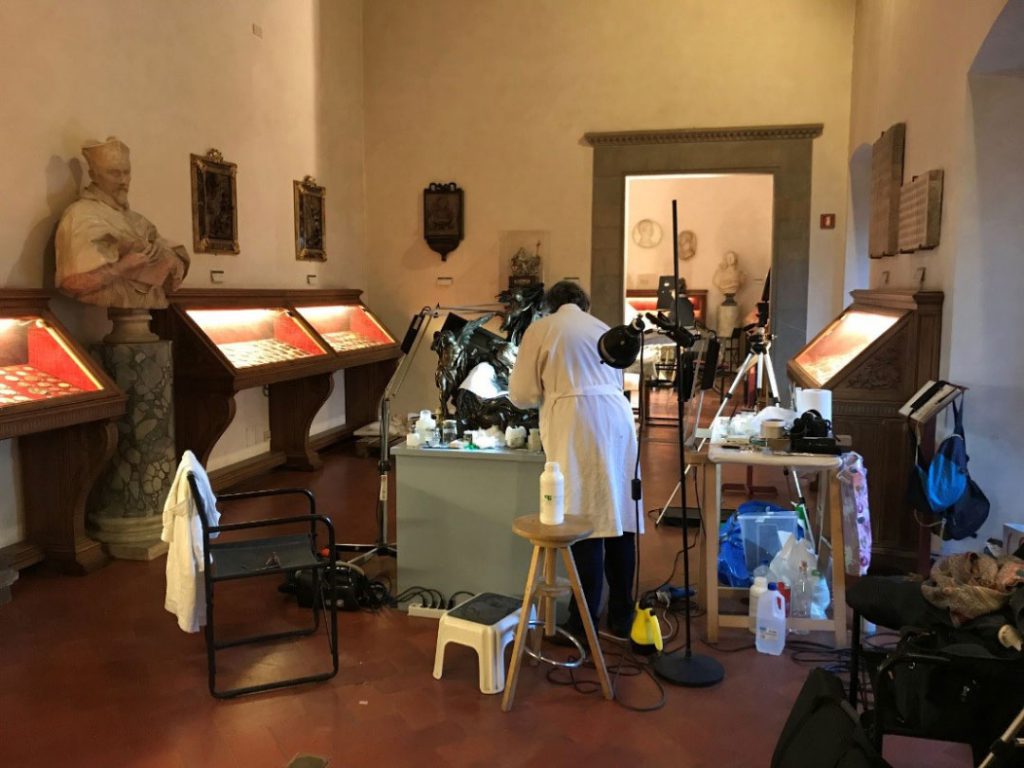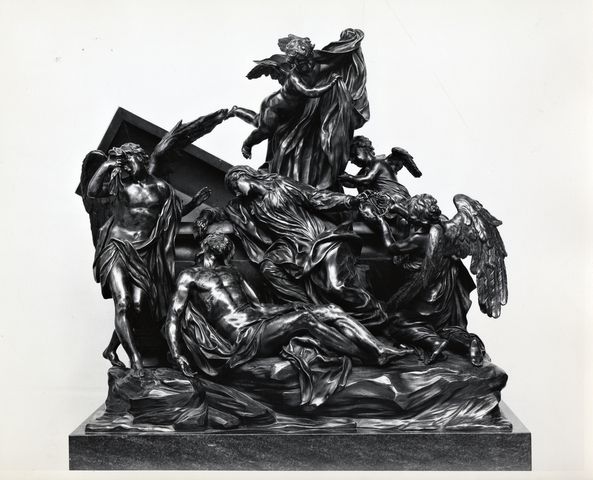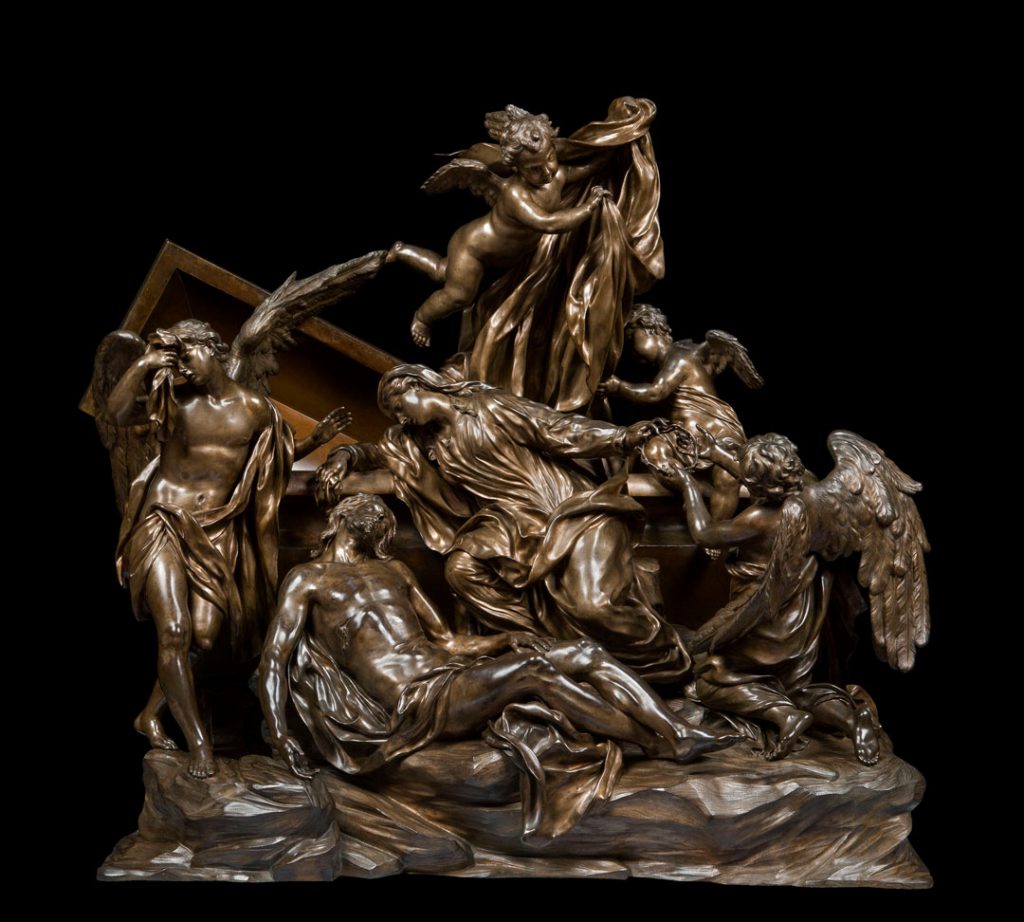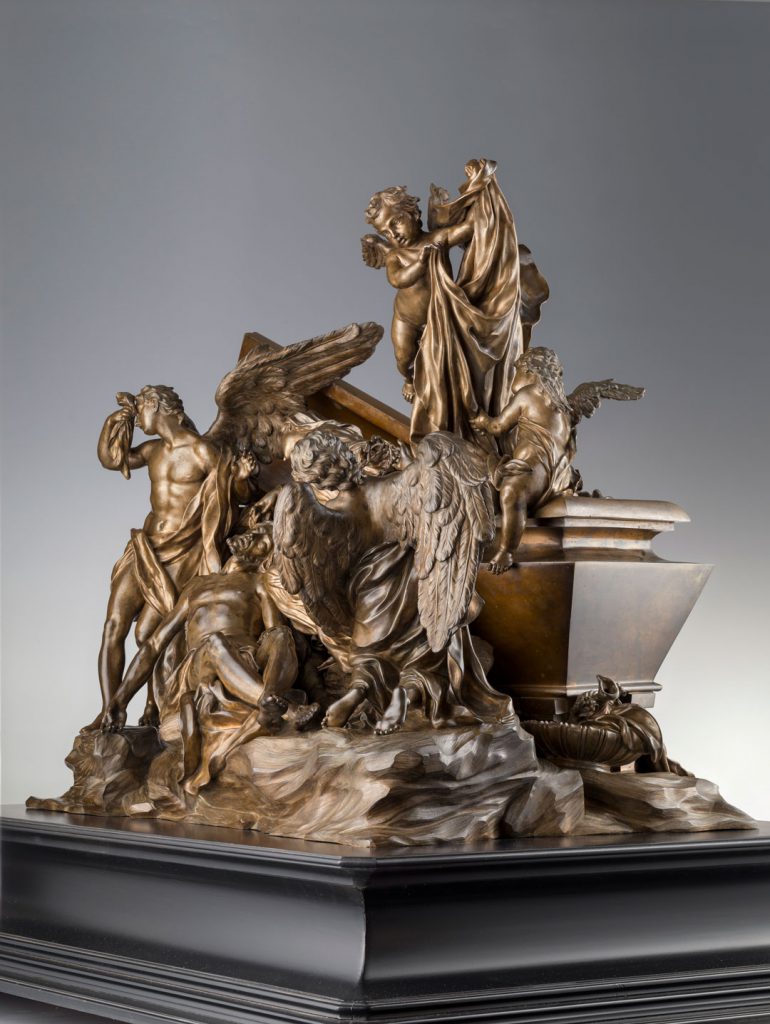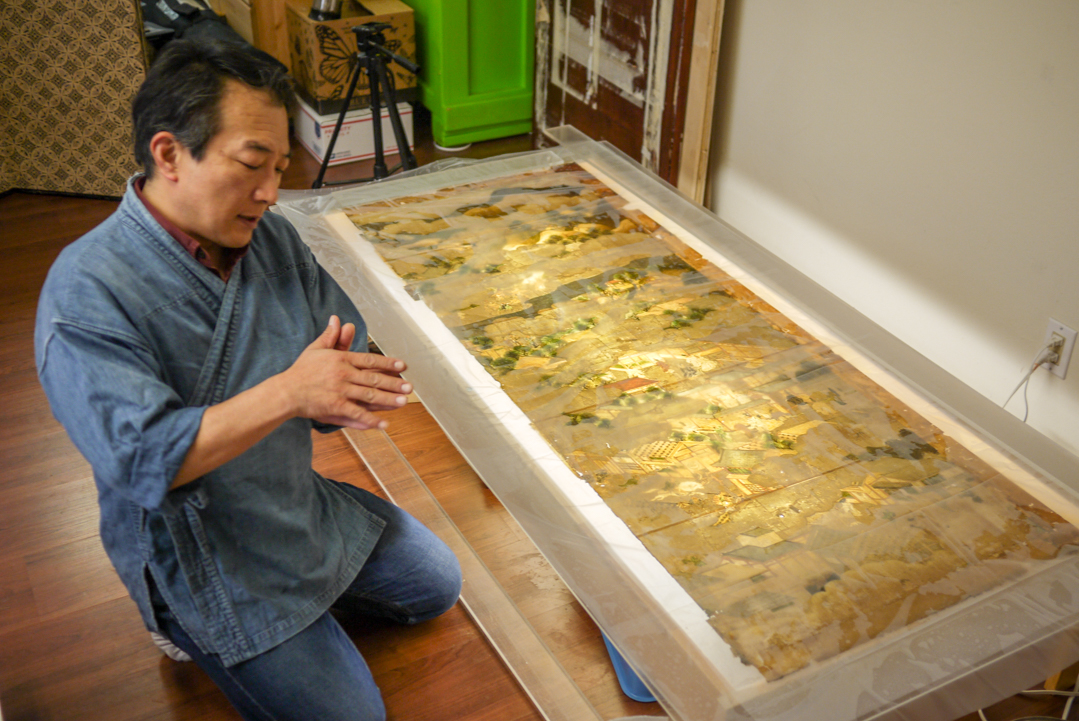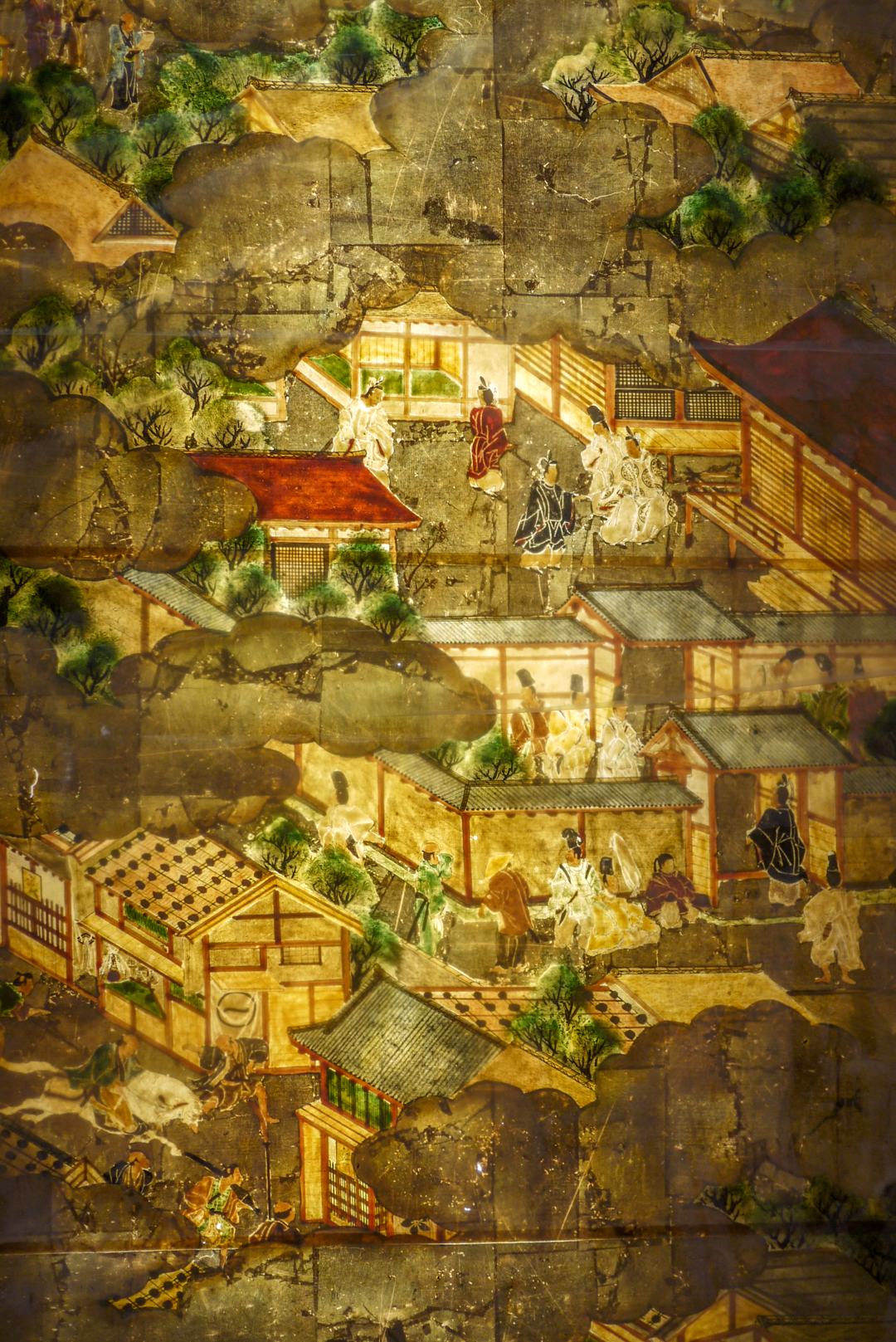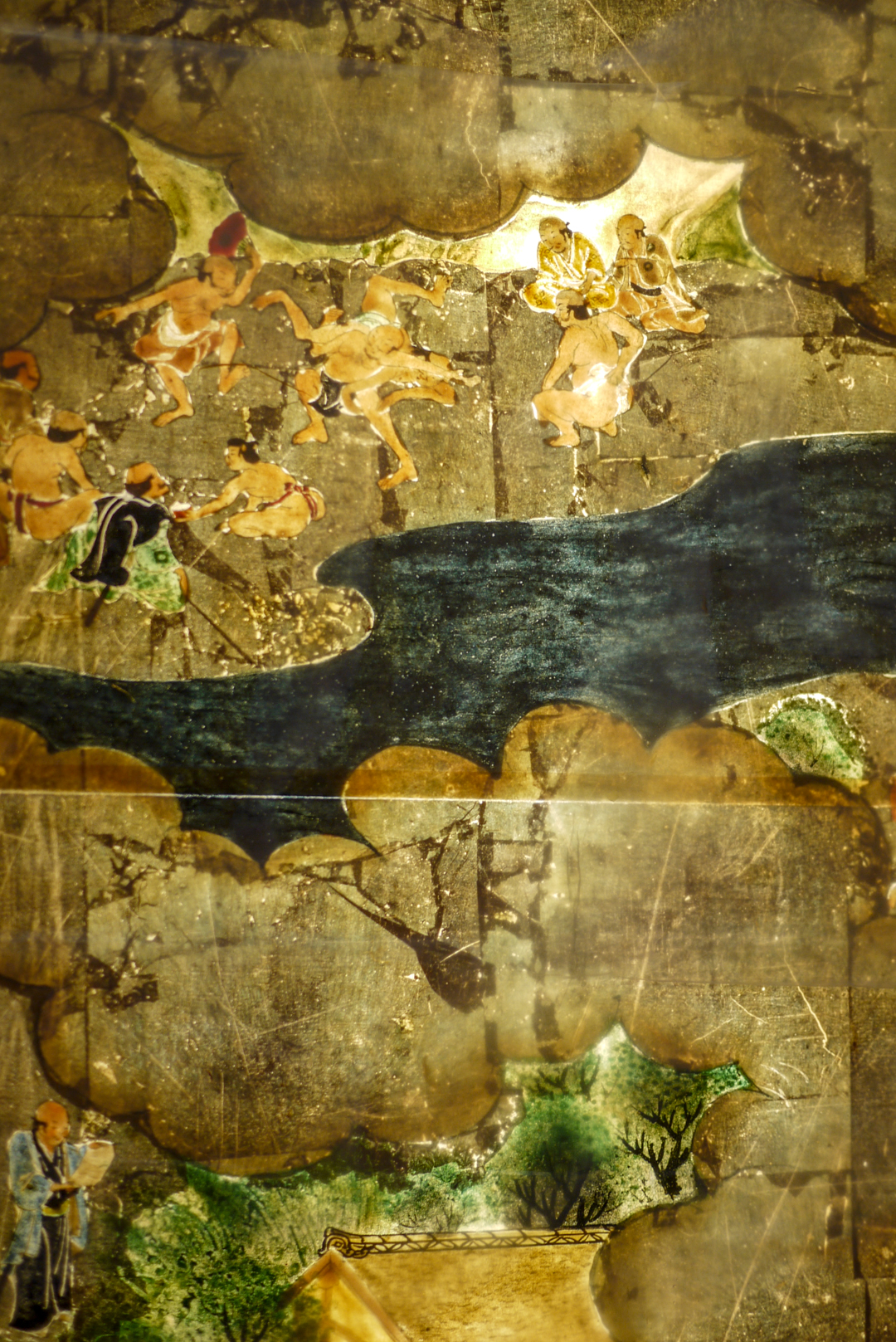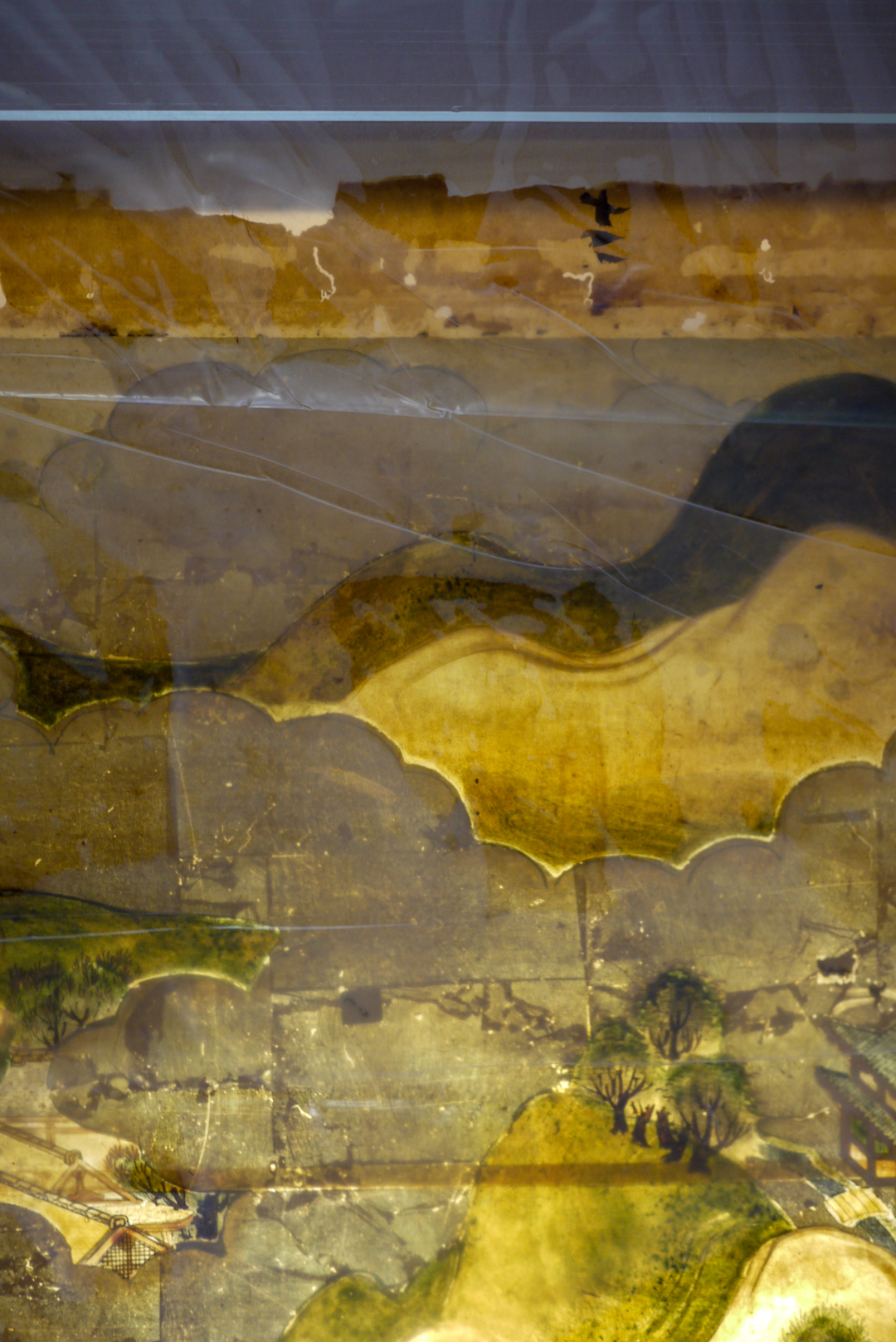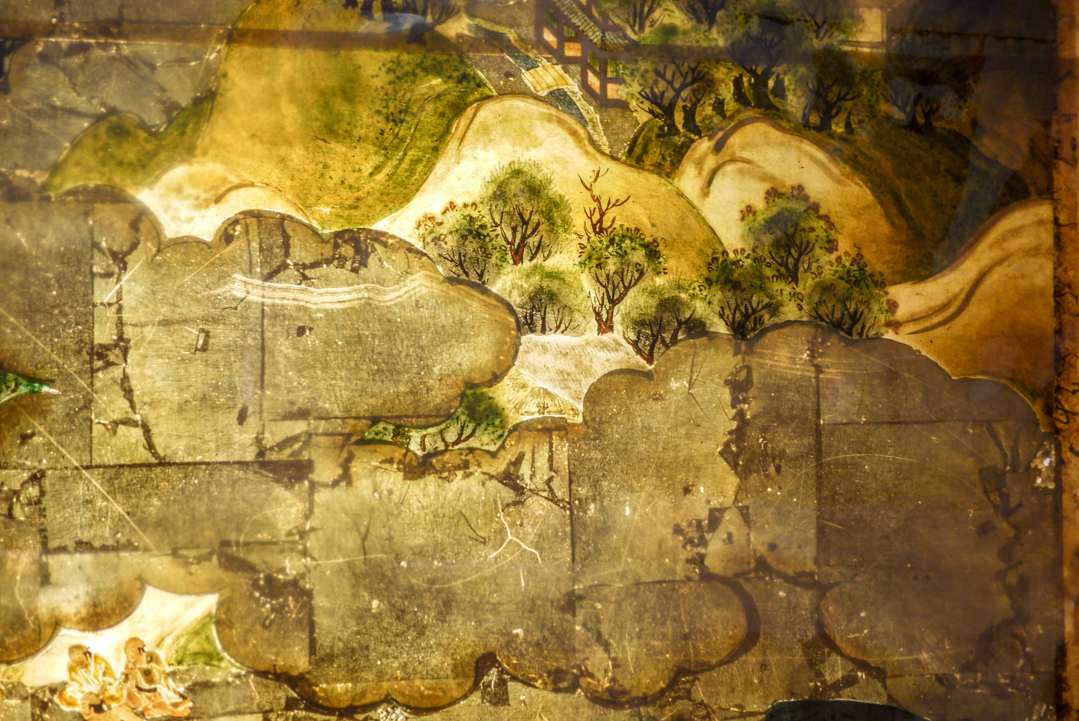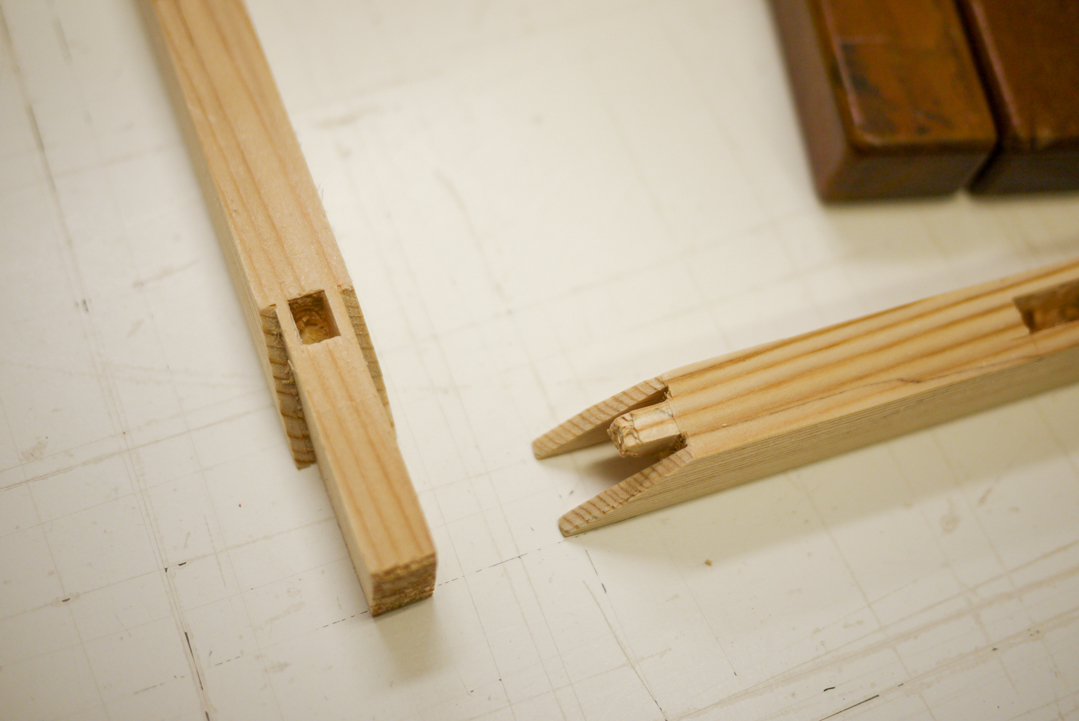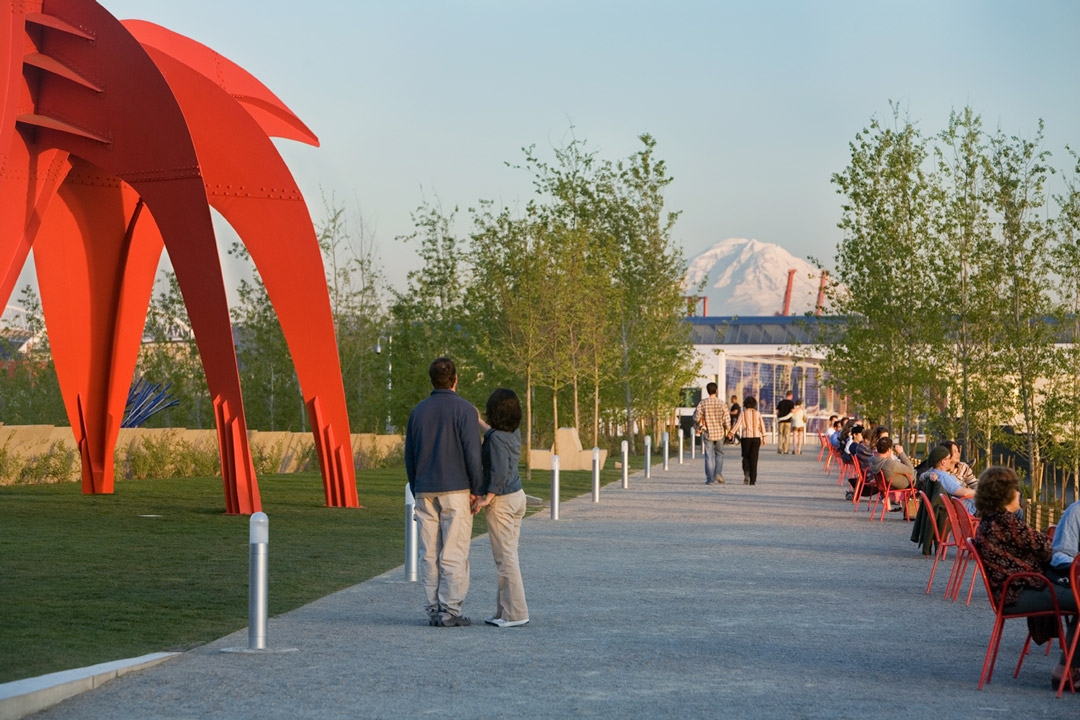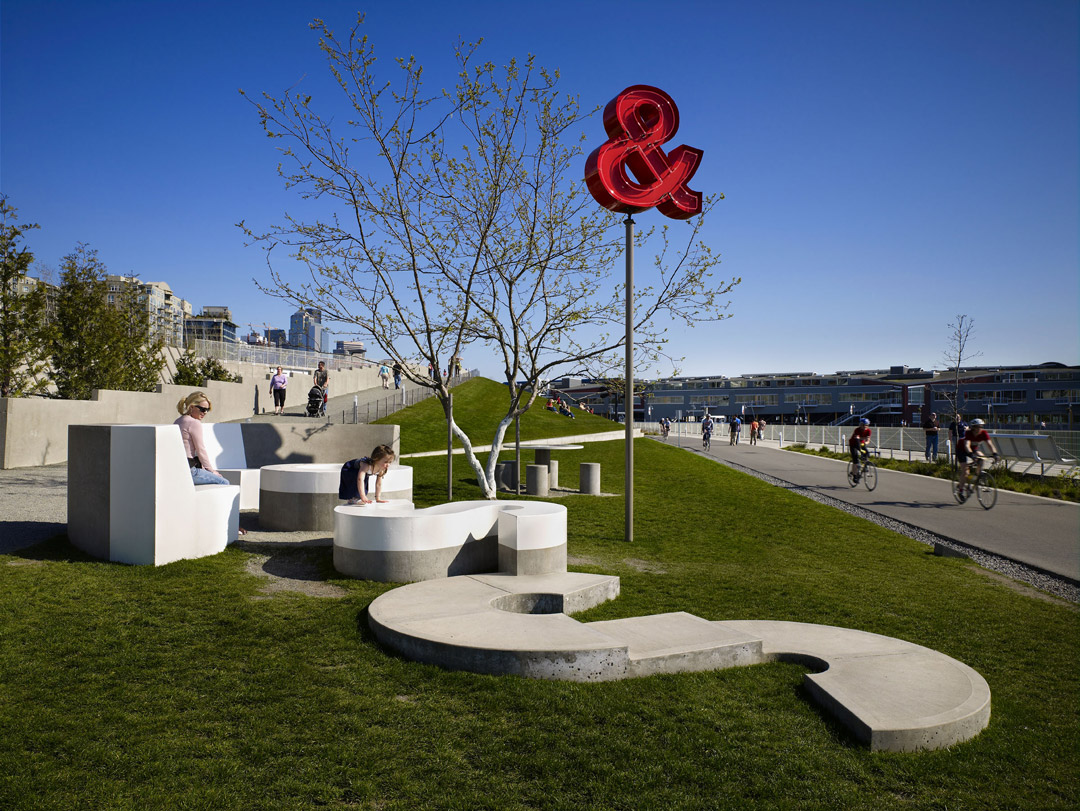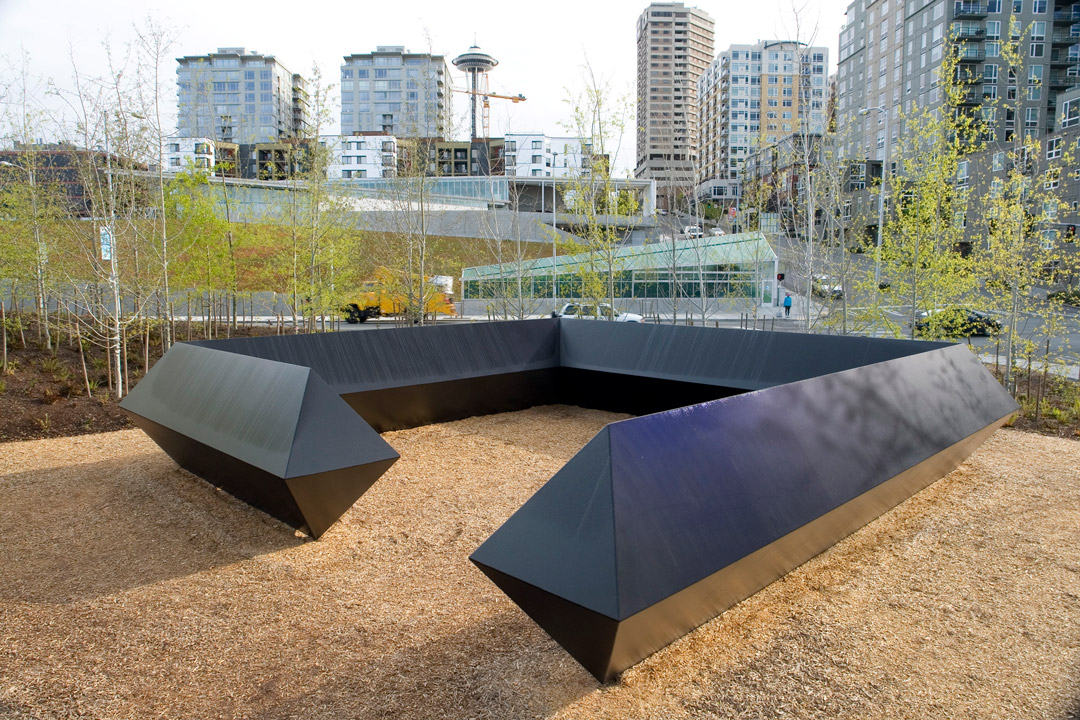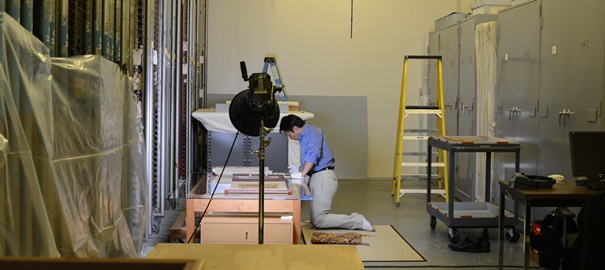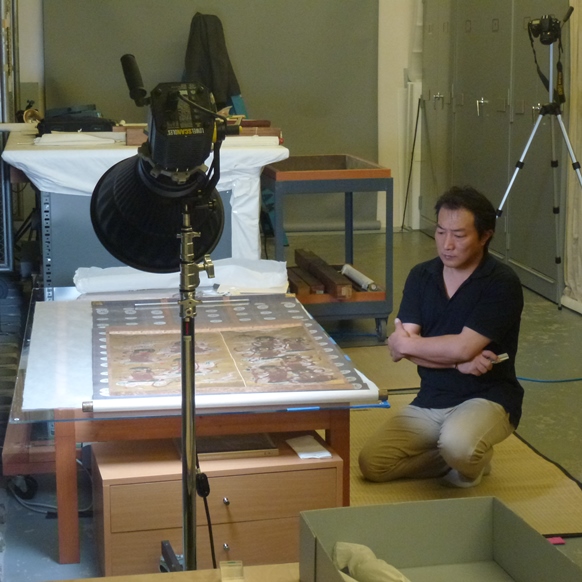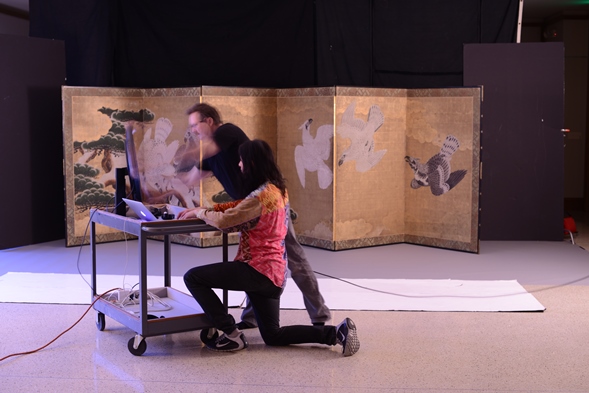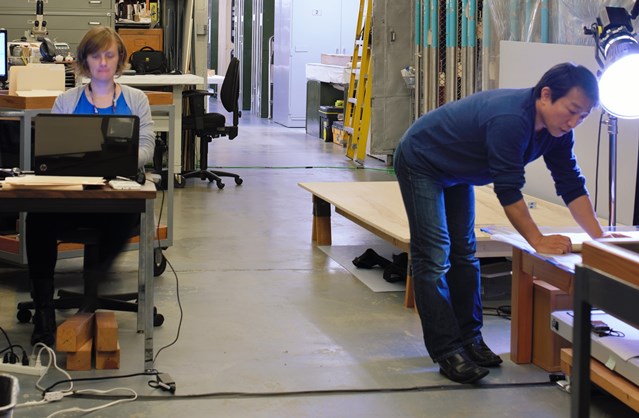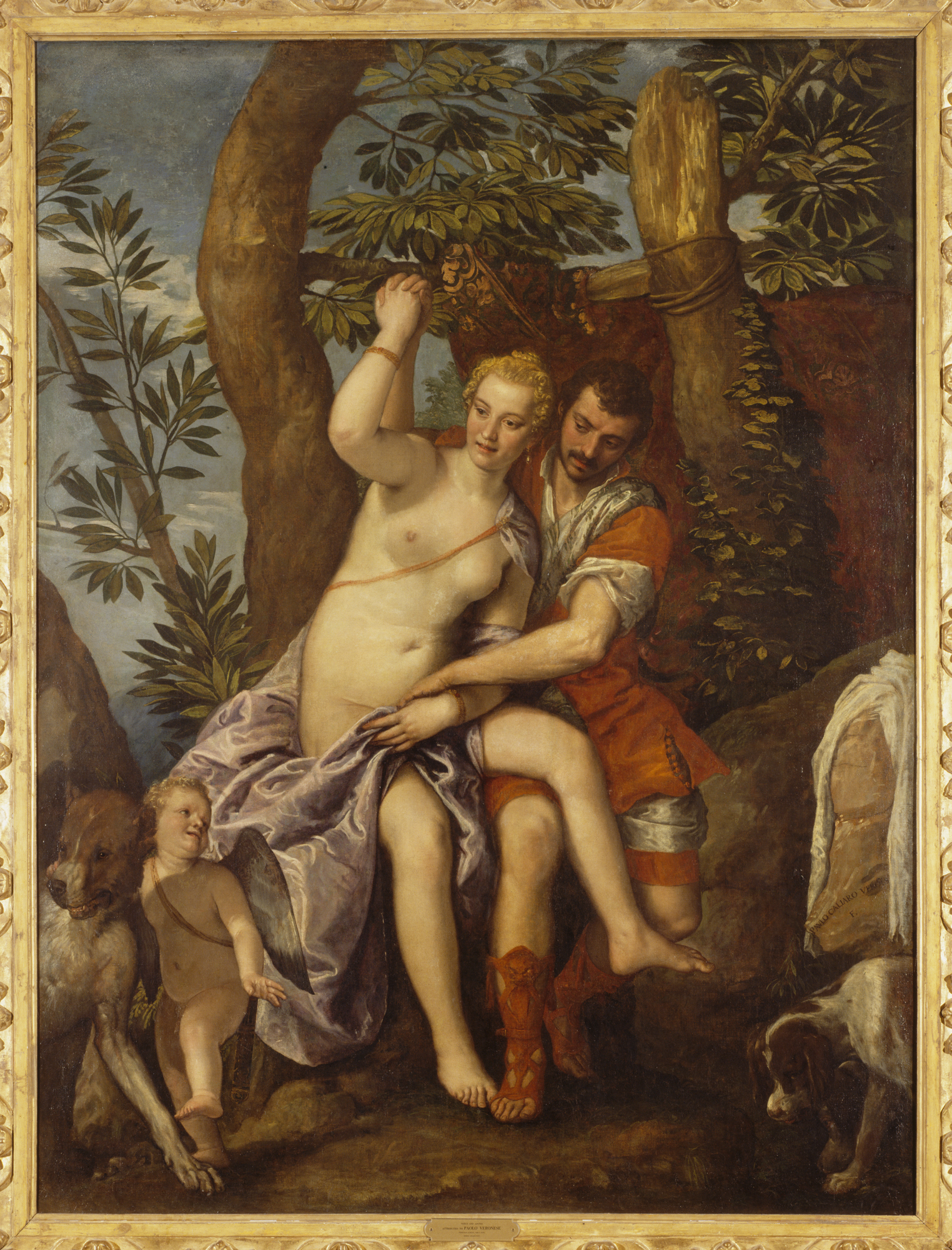Behind the Scenes with SAM’s Conservation Team
Every painting, drawing, and sculpture at Seattle Art Museum, Seattle Asian Art Museum, and Olympic Sculpture Park is thoroughly inspected and cleaned by our conservation department before being put on view. These supremely talented individuals are dedicated to maintaining the aesthetic and structural health of SAM’s vast and, in some cases priceless, collections.
Watch this video from Seattle Channel’s Art Zone to get to know the leader behind this department, Jane Lang Davis Chief Conservator, Nicholas Dorman. Nick discusses his upbringing, explains how he ended up at SAM, and walks viewers through how he and his team care for every work of art at all three locations. All the works featured in this video can be seen on view in Frisson: The Richard E. Lang and Jane Lang Davis Collection at SAM through November 27, 2022.
In honor of National Ask a Conservator Day on November 4, we reached out to our Instagram community to see what questions they had for SAM’s conservation team. Nick, along with Senior Objects Conservator Liz Brown and Associate Conservator Geneva Griswold, took the time to answer them and give a bit more insight on their favorite memories at SAM—read their responses below!
What are some of the most time-intensive projects for SAM conservators to tackle?
Liz Brown (LB): Conservation treatments are time-intensive by nature! Small artworks treated in the studio take hundreds of hours to clean, treat, and document. Large, outdoor works such as those at the Olympic Sculpture Park get cleaned once a week, and then receive in-depth treatments, like a refreshed coating, each summer.
What background, formal education, and training is required to become an art conservator?
Geneva Griswold (GG): Paths into the conservation field can be circuitous, but many of us studied art history, chemistry, or are artists ourselves—conservation combines all of these interests! Formal entry into the field often includes the completion of a three-year graduate degree in art conservation with a specialty in objects, paintings, paper, textiles, books, or works on paper. Additional experience is gained through internships and fellowships.
What is your most cherished memory of working on SAM’s conservation team?
GG: One of my favorite memories is installing Yves St. Laurent: The Perfection of Style because it required teamwork from everyone in the department, plus local conservators who work in private practice, and conservators from France who travelled with exhibition. These collaborations are always the most fun because I learn a lot from my colleagues!
What has been your favorite artwork to restore/preserve while working at SAM?
LB: My favorite object is frequently what I am working on in the moment as each new work presents an opportunity to explore. Right now, I’m investigating cold cathode lights with artist Claude Zervas to prepare his artwork Nooksack for an upcoming exhibition.
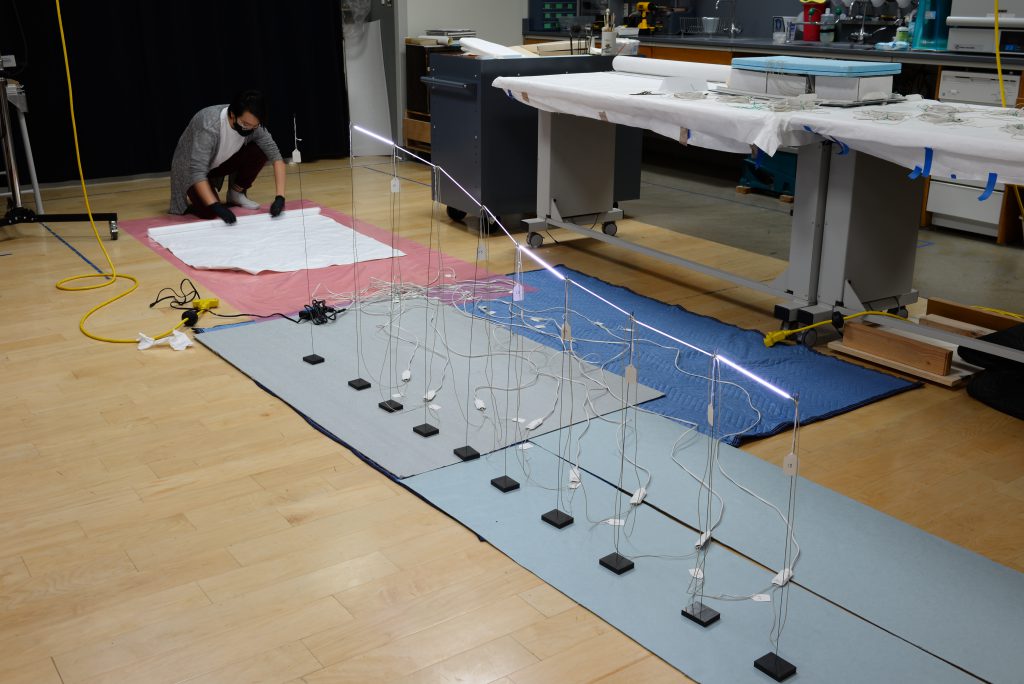
How do you ensure you don’t change an artist’s intent when doing conservation?
Nick Dorman (ND): This important point is the subject of much concern and discussion. Treatments may be discussed with living artists directly, and conservators may collaborate with an artist’s foundation, community members, and others who are close to the work. We carefully research and document all work, and design every treatment to be reversible.
What aspect of conservation is misunderstood or overlooked?
LB: The title “conservation” can cause confusion it is often seen as rooted in a tradition of attempting to keep an object from changing. Sometimes this is a goal, but when considering treatment, we always consider the intangible aspects of the artwork. Thus, in conversations with stakeholders, we are looking to manage, change, and look to how that artwork lives best in a museum.
What is your favorite conservation tool?
LB: This is always changing, but one I come back to all the time is the very simple, yet versatile bamboo skewer. It’s wonderful in that it can be easily shaped to suit a variety of purposes. The wood box my father made for my small tools is also a favorite.
What’s the most interesting attempt you’ve seen a previous owner make to conserve an object? What did you have to do to correct/modify their attempt?
GG: I am currently working on a black lacquer wood sculpture. In areas where the black lacquer is missing, someone has colored the bare wood with a Sharpie marker to hide the unsightly loss. While well intentioned, this will be challenging to remove, if at all possible. Someone also used carpenter’s wood glue to reattach elements of the sculpture, however this type of adhesive has damaged the fragile lacquer. My treatment seeks to remove this adhesive and replace it with a more appropriate choice.
Any strange conservation stories to share?
ND: When I went to Italy in 2006 to research the original location of SAM’s Tiepolo ceiling fresco with former Chief Curator Chiyo Ishikawa, we found what seemed to be a very similar painting on the ceiling of the painting’s original home in Vicenza. The current custodian of the home said, “We have the Tiepolo, I don’t know what you have.” Turns out, we both have the Tiepolo! The surface of the original painting had been removed from the underlying fresco layers and attached to a new canvas support, eventually traveling across the world to grace SAM’s Porcelain Room ceiling. The remaining under-paint was left in place and was eventually retouched by a prominent Italian restorer.
What advice would you give to someone interested in pursuing a career in art conservation?
GG: Review the American Institute For Conservation and the Emerging Conservator Professional Network for resources. Informational interviews with conservators and conservation students can give a window into what the job entails on a day to day basis. Our roles vary immensely from museum to museum, and from institutional settings to private practice. Find a mentor who can provide sustained guidance—SAM conservators are happy to connect with you, get in touch with us!
– Lily Hansen, SAM Marketing Content Creator
Image: Courtesy of Seattle Channel.

